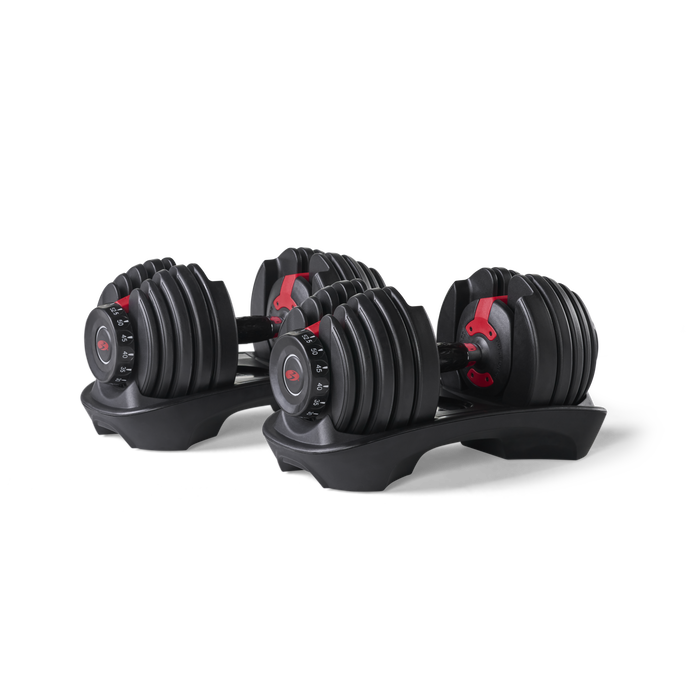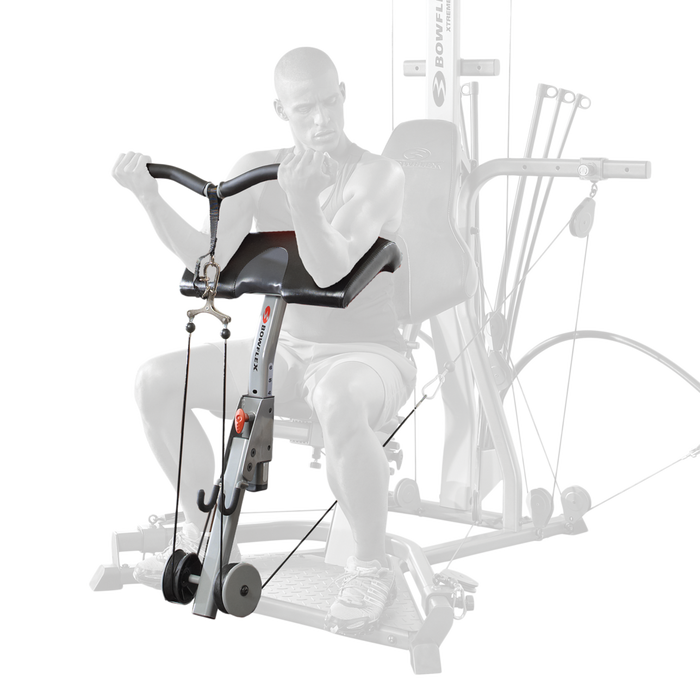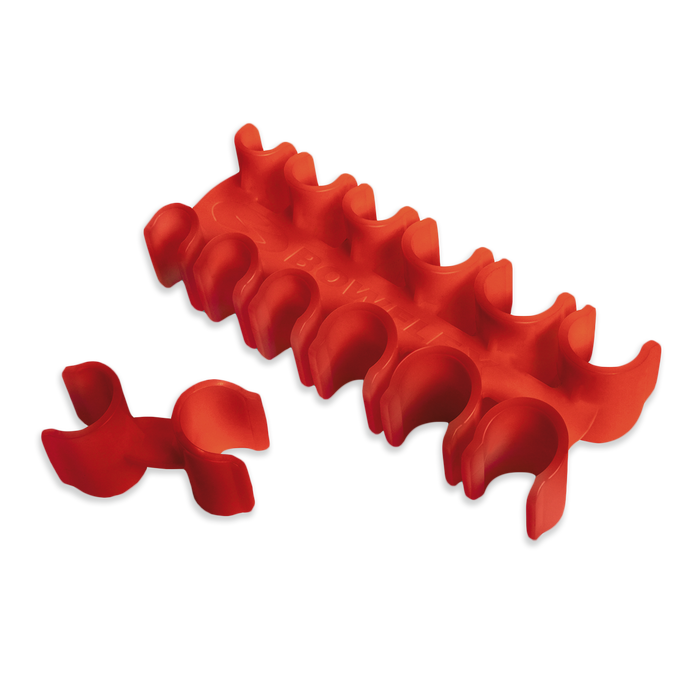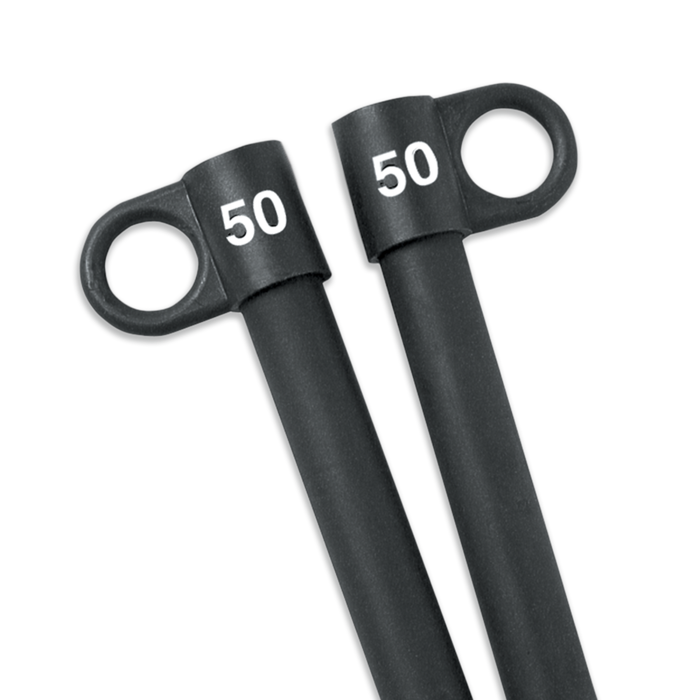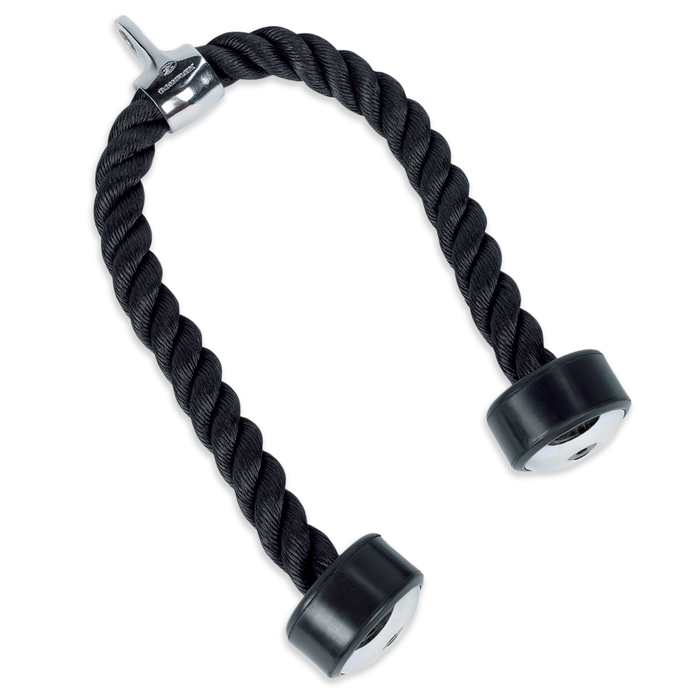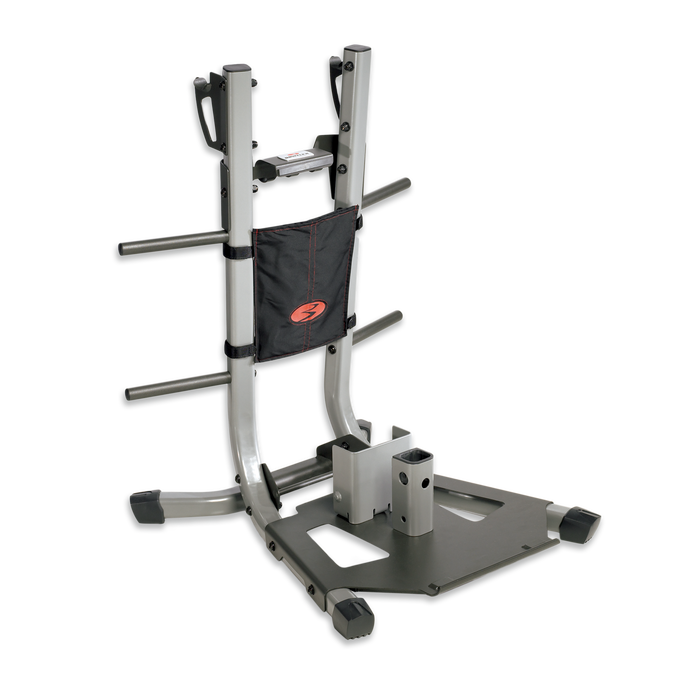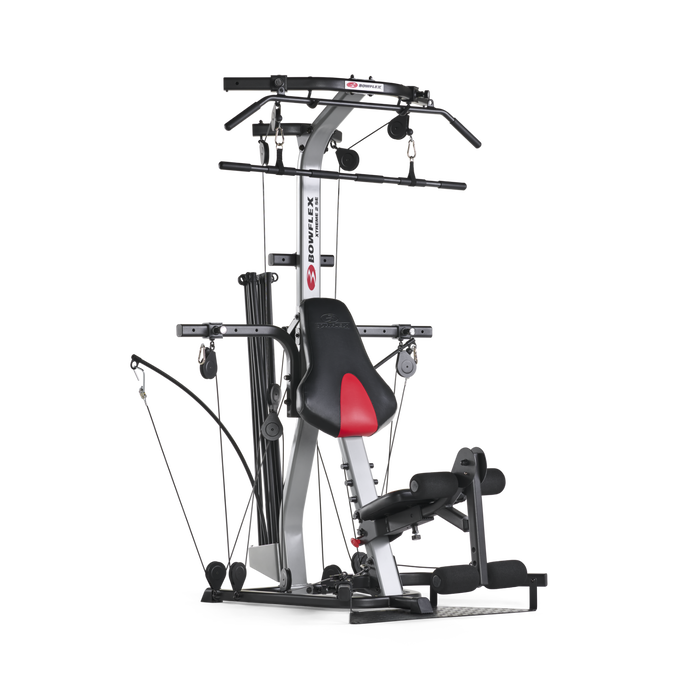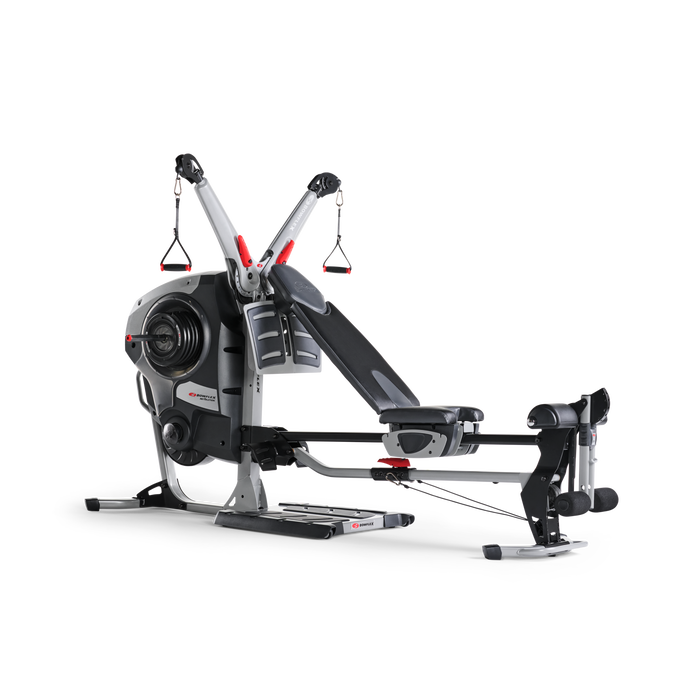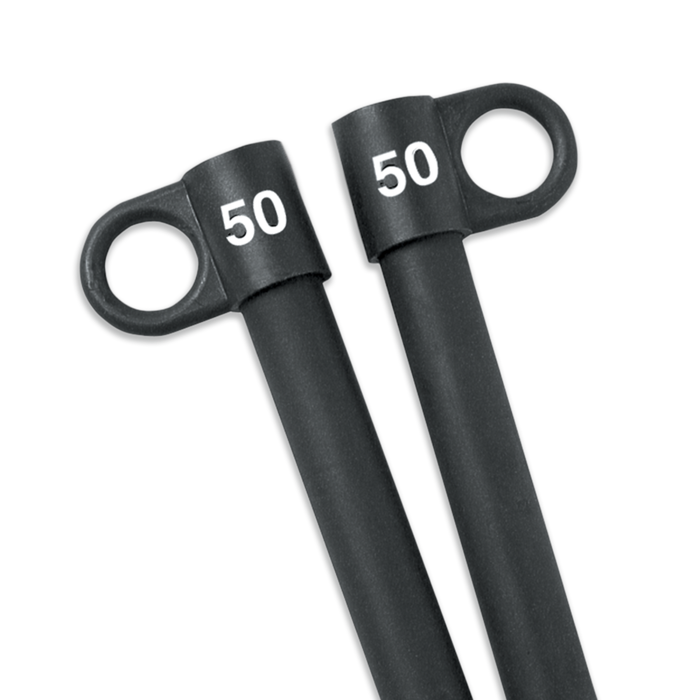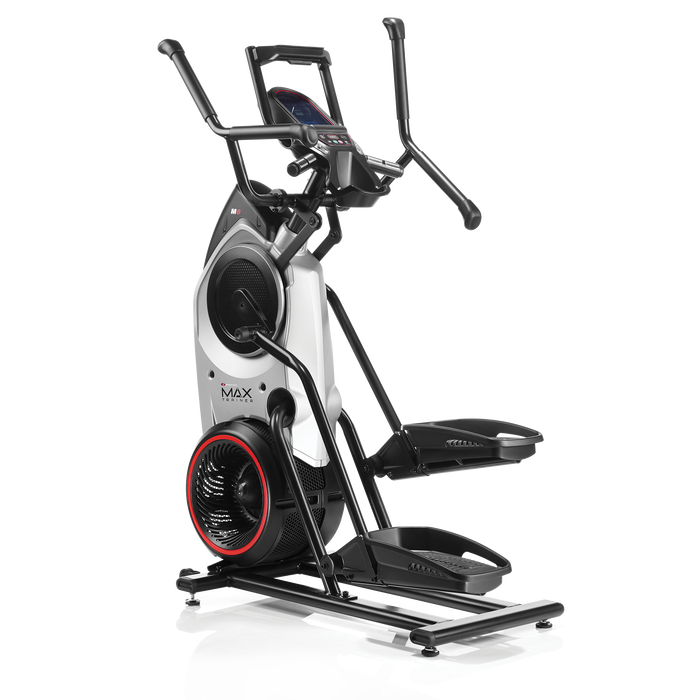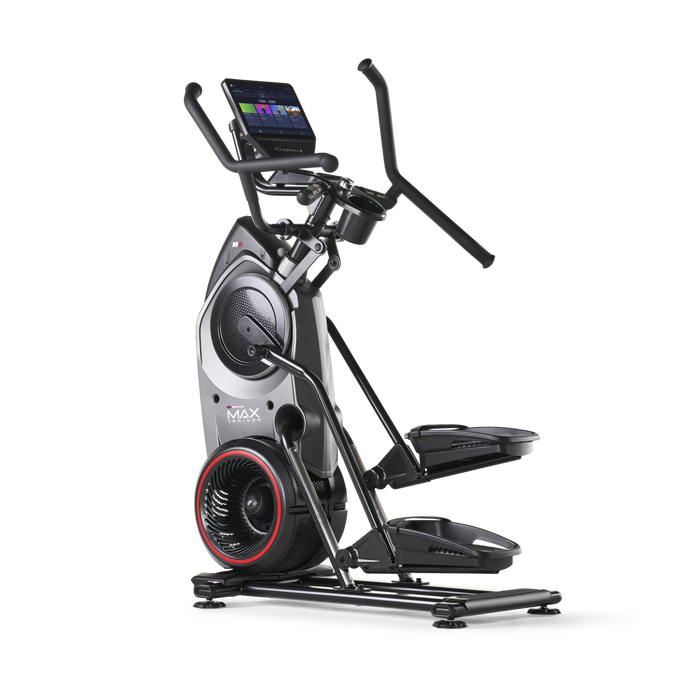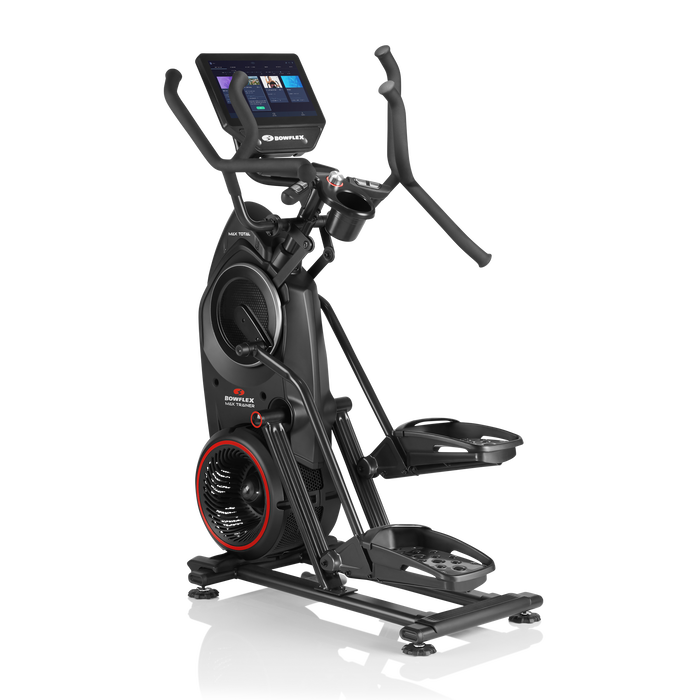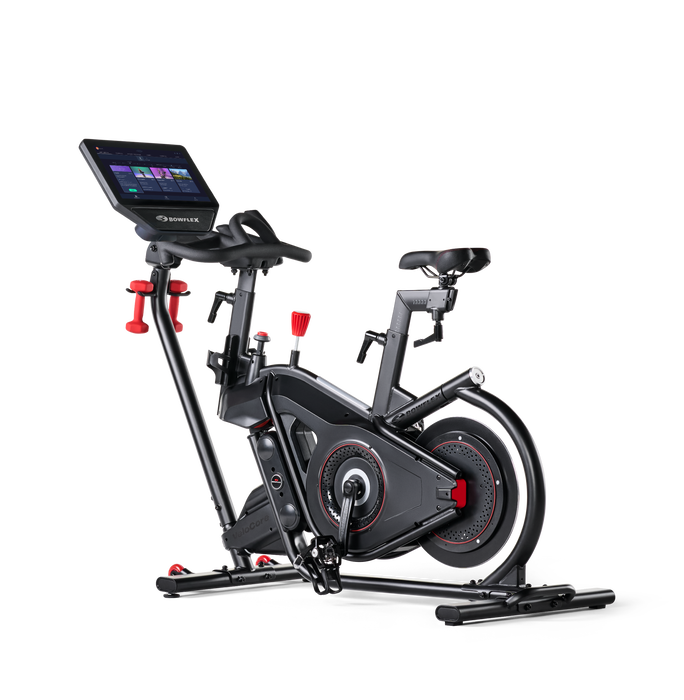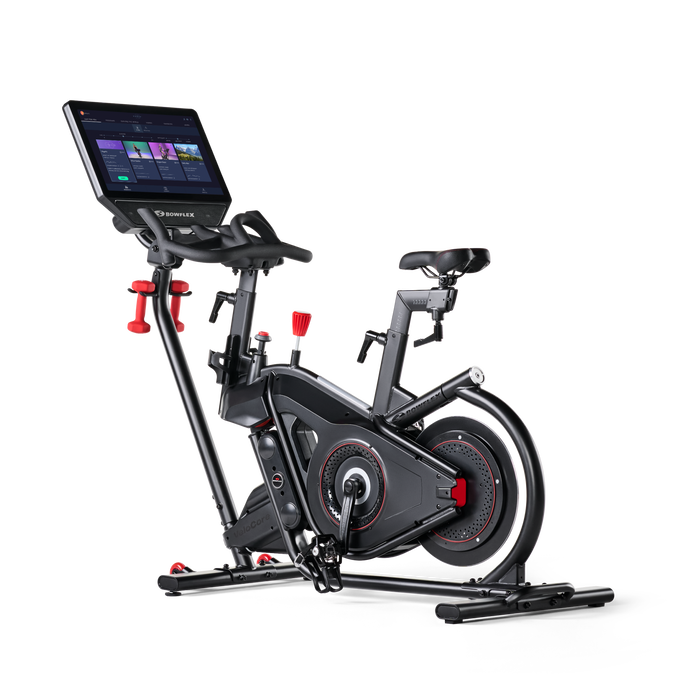A Beginner's Guide to Healthy Cooking

Staying active is just one part of the healthy living equation. To achieve the best results possible from working out, it is important to fuel yourself with a balanced diet — filled with helpful proteins, minerals and vitamins. A great way to control what you eat is to cook meals at home instead of eating out. Here are a few things to keep in mind when you're in the kitchen:
Swap Ingredients for Healthier Options
We know that healthy eating can seem overwhelming at first. Starting small and making your existing recipes healthier is an easy way to begin. By swapping unhealthy ingredients with healthier alternatives, you might be surprised to learn you like the replacement more than the original. Here are some of our favorite healthy swaps:
- Instead of sour cream, try Greek yogurt for more protein.
- Instead of white rice, try brown rice or quinoa for more fiber and protein.
- Instead of mayo, try using avocado for a healthy dose of monounsaturated fats and less cholesterol.
Plan Ahead
When you're already hungry, unhealthy foods can become even more tempting and can cause you to break from your healthy eating goals. Avoid temptation and plan meals ahead to ensure you have the appropriate ingredients on hand when hunger strikes. Keeping healthy snacks with you is also a great way to avoid unhealthy eating habits. Check out these five snacks to always have in your bag.
Cut Down on Salt
Try to limit the amount of salt added to your dishes, and instead focus on adding flavor through other ingredients — garlic, onion and herbs (basil, parsley, oregano or cilantro). Incorporate low-sodium versions of broths, soups and tomato-based pasta sauces into your regular recipes to lower your sodium consumption. You probably won't even be able to taste the difference.
Change the Way You Cook
Instead of sautéing or deep frying your foods in butter or oil, try cooking your food in a healthier way — such as steaming, baking, grilling or boiling — to reduce saturated fats in your diet. If you need to pan fry your meal, try using non-stick pans to help avoid using oils and fats to grease the pan. Additionally, when preparing vegetables, it is best to steam or microwave vegetables instead of boiling or pan frying them. Steamed vegetables retain more of their nutrients.
Focus on Fulfilling Main Food Groups First
If you're craving sweets, stop to think if you have eaten enough real food to hold you over until your next meal. You always have the option of having a treat later, but the goal is to reduce the amount of sweets or nutrient-deficient foods you consume in each sitting. Instead, focus on eating proteins, fruits, vegetables and a moderate amount of carbohydrates to fuel your life.
You may also like
Five Better Ways To Make Lunch Choices








